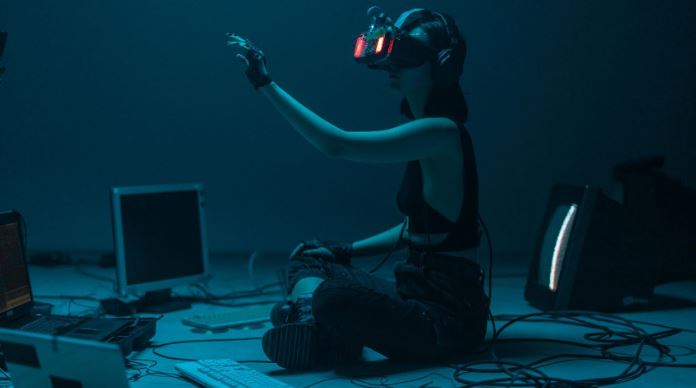The Development of Artificial Intelligence Artworks
Artificial Intelligence art is nothing new. Since several decades, it has been around. Earlier AI experiments were based on simple algorithmic drawing, but as machine learning and neural networks technology advanced, more complex artwork was created.
Artificial Intelligence (AI) has produced a variety of compositions by using techniques like Generative Adversarial Networks or Deep Learning
GANs are a good example. Two neural networks can be used to produce realistic images.
Artificial Intelligence Machines vs. humans
AI-generated art has been the subject of much debate. Traditionalists think that art is a human-only activity based on emotion and creativity. Some doubt the originality of AI-produced art because it is often based on huge datasets of previous works of artwork.
But AI artists argue that the creativity of humankind isn’t the only type. AI is viewed as a medium similar to digital photography or painting. It can expand the concept of artistic expression. Artists often see AI as a collaborator capable of creating original ideas and songs when they work with it.
Critics and supporters have different views. Others believe AI can boost creativity. AI is seen by artists as a way to improve their creative process, and to explore new frontiers.
Artificial Intelligence Impact on the of Art
AI is likely to continue having a significant impact on how art will be created in the near future. AI is likely to find its way into artistic practices with the development of technology. This opens up the possibility of collaboration between robots and artists. These partnerships may result in hybrid artworks that blend the computer prowess of AI with its inventiveness.
As AI becomes more prevalent in art, moral issues arise. We must deal with questions such as authenticity, authorship and whether AI is able to copy or reproduce previously published works.It can be difficult for art markets to evaluate the value and originality AI-generated artworks.
Artificial intelligence is a powerful tool. It can inspire a whole new generation of artists and change the face of arts.The technology can help those without formal art training to access the world of art. AI can also help to preserve cultural heritage by digital reconstruction.
Conclusion
Artificial Intelligence (AI) is revolutionizing the arts world, creating new expressions and forms of production.AI art is a field with a rich history and a bright future. AI art has a fascinating history, as well as a current impact.
It is important that, as we explore this new territory, we consider the implications of AI art. We must engage in AI art and examine its potential. The future of art, by combining artificial intelligence and human creativity, will expand the possibilities in the field. Accept this new era and explore the intriguing realm of artificial intelligence-generated art.
